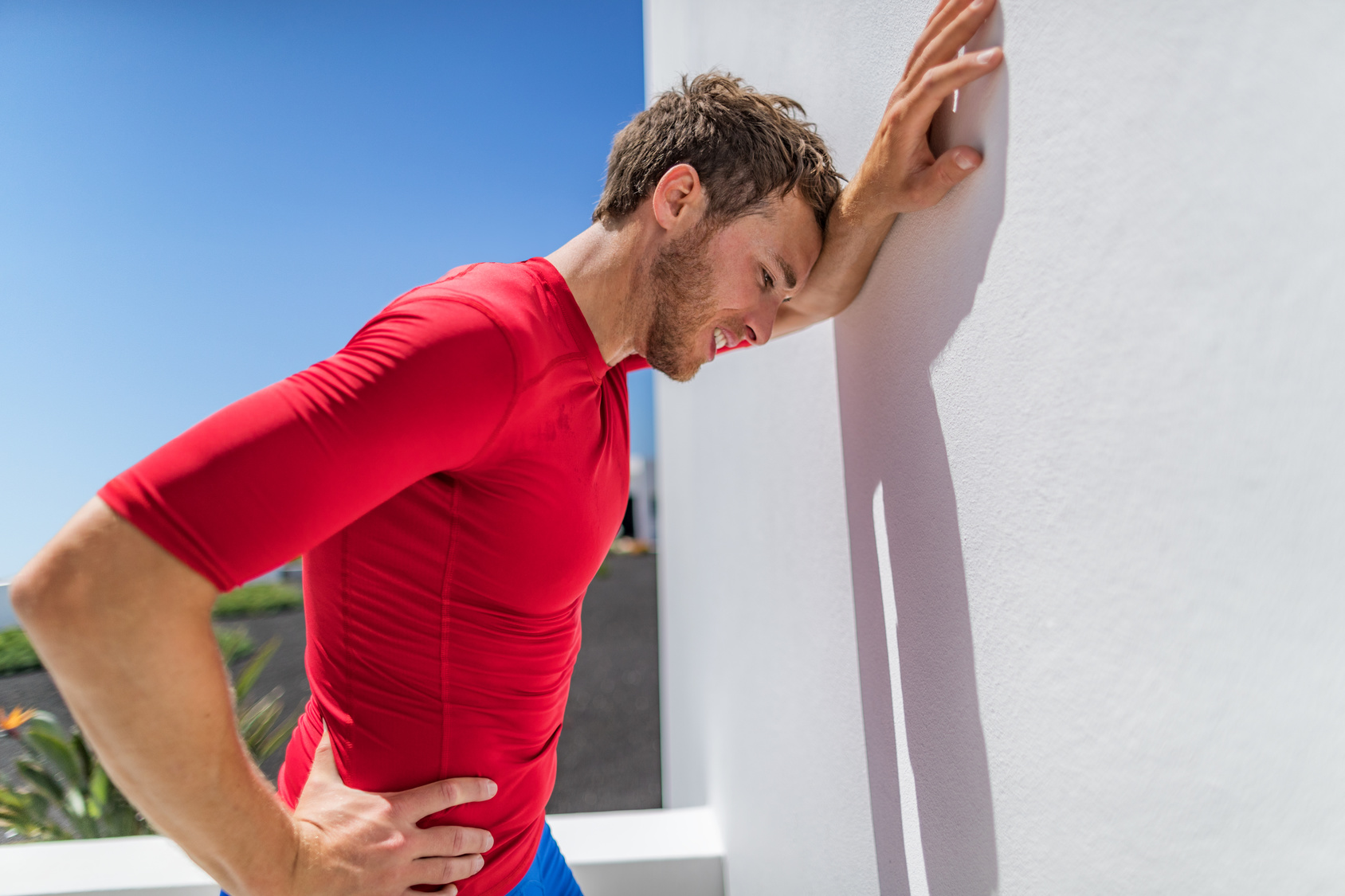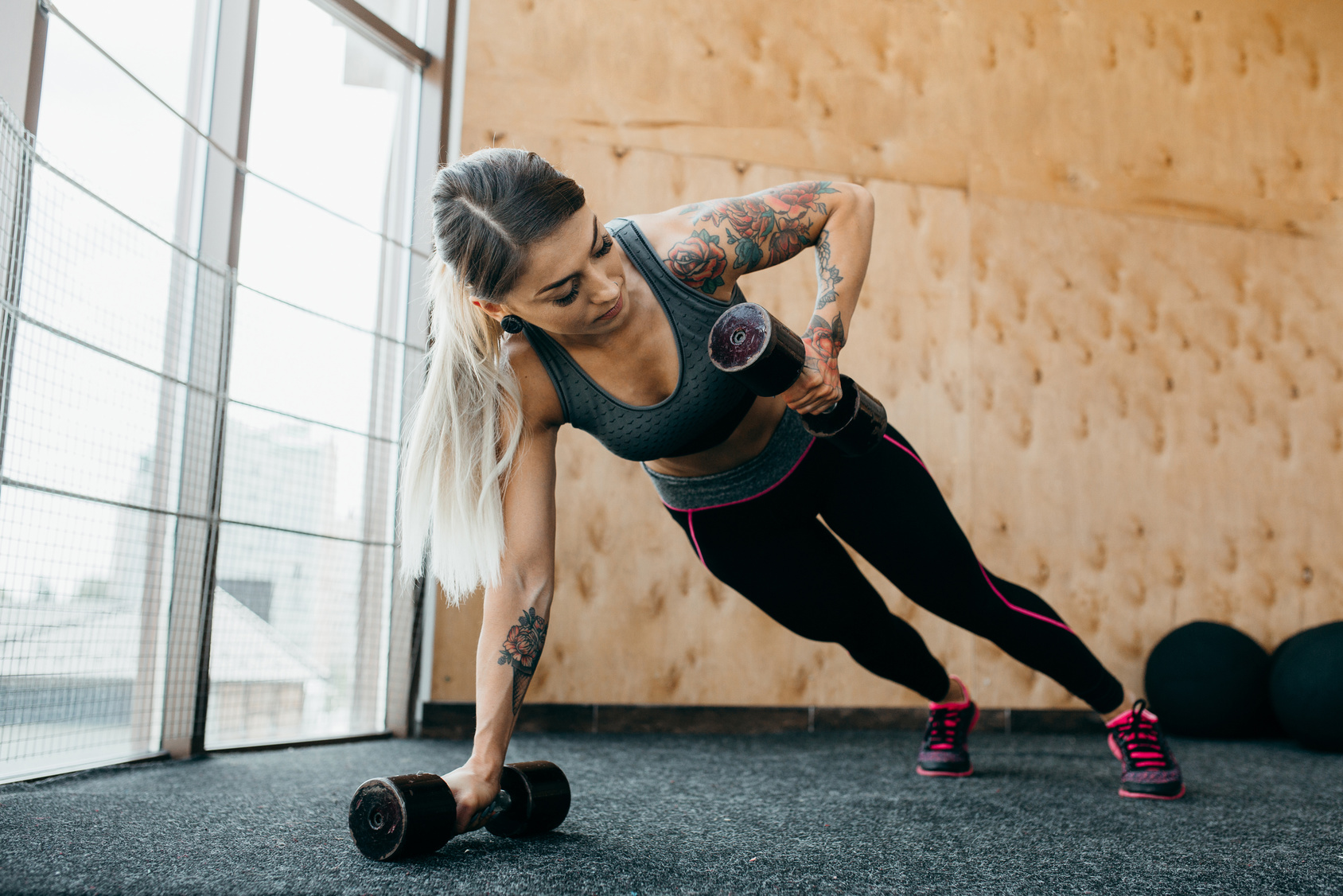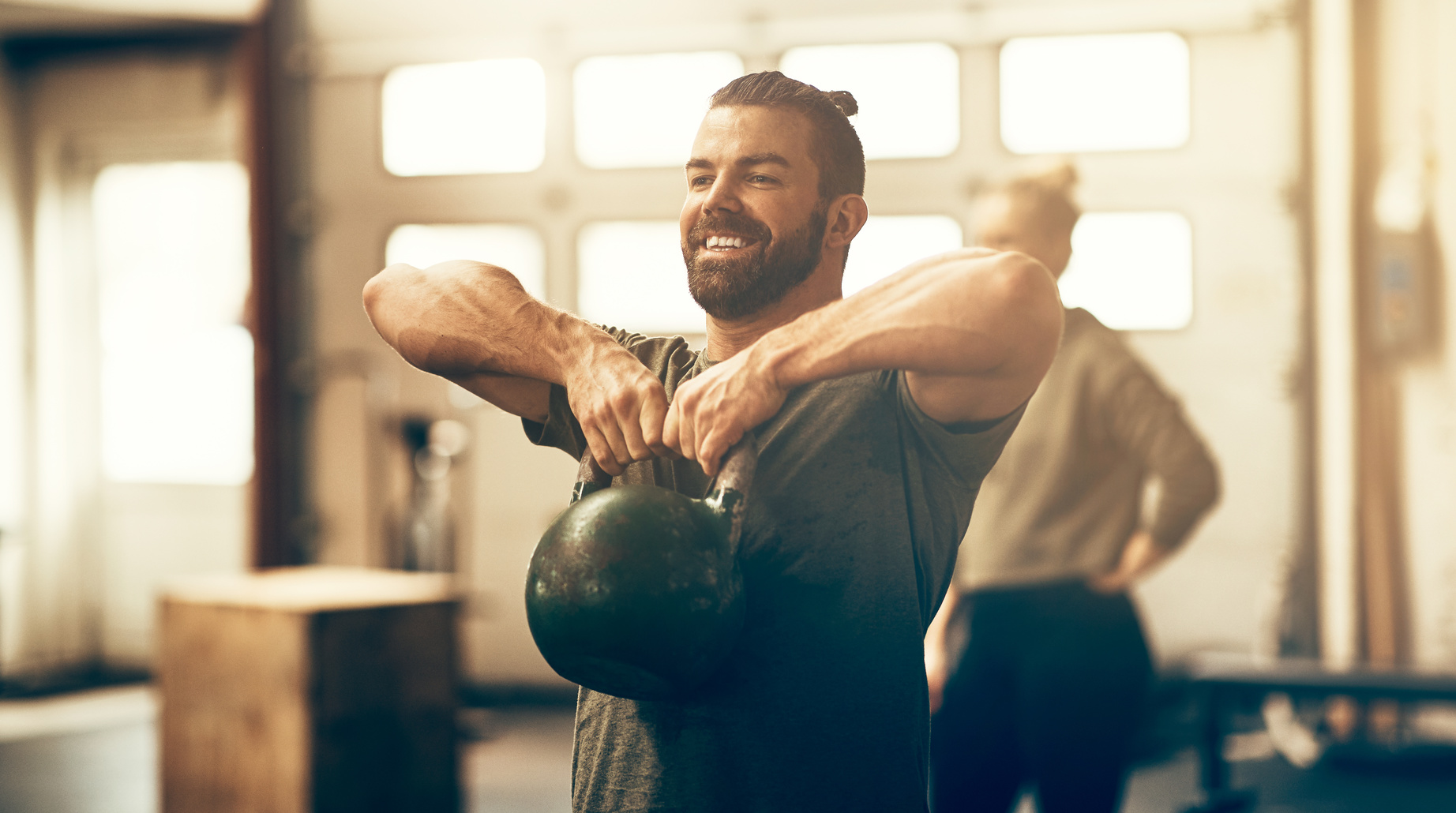If you’re eager to maximize your long runs, you’ve come to the right place! Let me share my journey and insights into making the most of these essential workouts.
Long runs are a cornerstone of endurance training, renowned for enhancing fat oxidation, burning calories, boosting endurance, and getting you race-ready.
A word of advice: if you ever need to skip a workout, make sure it’s not your long run. These sessions are golden opportunities to practice everything from hydration to nutrition and gear strategies, setting you up for success on race day.
But let’s be clear: long runs aren’t just about putting one foot in front of the other. There’s a variety to choose from, each with its unique benefits, catering to different fitness levels and goals.
Worry no more.
In this article, I’m going to unpack the most popular long-run variations that will suit you whether you’re eyeing a half marathon, dreaming of conquering a marathon, aspiring for an ultramarathon, or just eager to level up your running game.
We’ll explore the ins and outs of:
- The long, slow run (your endurance bestie)
- The progression long run (hello, speed!)
- The negative split long run (finish strong!)
- The race pace long run (keeping it real)
- The marathon long run (the ultimate test)
- And so much more
Ready to discover which long-run recipe will spice up your training? Let’s lace up and dive in!
Classic Long Slow Runs (LSD)
When embarking on a journey as a runner, one of the foundational elements is the classic long slow run, often referred to as “LSD runs” in the running community. These runs are essential, not just for building basic endurance but also for strengthening muscles and bones.
They’re also a key component in improving your body’s ability to utilize fat as fuel, giving you a metabolic boost for better endurance, research shows.
The trick with LSD runs is to focus on the time spent running rather than the distance covered. This approach helps in pacing yourself better, avoiding fatigue, and preventing injuries.
Now, let’s talk about the pace of these runs. As a rule, aim to be running fast (or slow) enough that you can keep a casual conversation, enjoy the surroundings, and not even notice the passing of time.
Your goal is to keep a consistent and steady pace throughout the entire session. No sudden bursts of speed or fluctuations in your running rhythm. By holding back, you allow your body to adapt and develop the endurance necessary to tackle longer distances.
Progression Long Runs
Progression long runs are a step up, starting at a comfortable pace and gradually ramping up the intensity. The goal here is to challenge your ability to maintain pace and effort as fatigue accumulates.
Why should you give progression runs a shot? Well, research has shown that incorporating progression runs into your training can lead to significant performance improvements. By gradually increasing your pace during the second half of your run, you challenge your body to adapt, pushing your limits and enhancing your aerobic capacity.
The key is to start with an easy pace, allowing your body to warm up and find its rhythm. Begin your run at a pace that feels comfortable, even a bit slower than your usual training pace. But as you progress through the run, turn up the dial, increasing your speed gradually.
Depending on where you are in your training cycle, your progression run might take you to new heights. Towards the end of the session, you might be cruising at a pace that’s close to your marathon goal or even your lactate threshold pace.
Fartlek Long Runs
Fartlek runs, a concept originating from Sweden, mean “speed play.” These runs mix up long runs with intervals of faster and slower running, adding a dynamic and adaptable element to your training.
When you vary the intensity and pace throughout your long run, you challenge your body in unique ways. This dynamic variation boosts your cardiovascular fitness, enhances your speed, and improves your overall performance. What’s not to like, really?
After warming up for 10 to 15 minutes at a comfortable, conversational pace, start injecting random surges throughout the session. How? Every 10 to 15 minutes, pick a random object in the distance and increase your pace until you reach it. This could be a faster jog or a full sprint, depending on your fitness level.
The beauty of these intervals is their random nature. Embrace the spontaneity and let your body respond to the challenge. Speed up for an undefined amount of time or distance, keeping yourself on your toes and pushing beyond your comfort zone.
Fast Finish Long Run
One of the best training strategies for long-distance runners, the fast finish long runs forces you to keep logging the miles fast while fatigued. This type of training is particularly effective once you have established a solid base mileage.
Aim to schedule them every third or fourth long run, giving yourself enough recovery time and allowing your body to adapt to the demands.
Here’s how to do them right. Begin with your normal long-run pace and gradually work into faster paces during the last portion of the session. In fact, you should aim to run the last portion of your run at or near your goal race pace. This part should be challenging but achievable.
However, here’s a friendly reminder: don’t turn all your long runs into fast finish sessions. You don’t want to exhaust yourself by constantly running at race pace. That’s like sprinting a full marathon every weekend! Remember, balance is key.
Back-To-Backs
Serious runner: who is serious about logging the serious miles every week? Then, doing back-to-back long runs is the way to go for boosting your weekly load.
This involves two consecutive long runs, usually on a weekend, focusing on building stamina and adapting to running on tired legs. Both workouts are performed at an easy, conversational pace with the main objective of improving stamina and boosting confidence.
In most cases, this type of training is often employed by ultra-marathoners to increase their weekly mileage while keeping injury risk at bay. For example, let’s imagine you’re training for your first 50K (31 miles) and are prepping for your peak weekend. It’s safer to run 25 kilometers on Saturday and 15 the next day instead of trying to squeeze the whole 40K in one session.
What’s more?
Back-to-backs allow you to practice running tired legs, which is key for keeping a strong pace during long-distance events.
Here’s how to do them. Break down your peak weekend in two, and then complete part I on the first day and Part II on the second day. You can do this any day of the week, but it’s commonly done during the weekend.
The Surge Long Run
The surge long run adds an element of unpredictability to your training. It involves injecting bursts of speed into a regular long run, followed by returning to your normal pace.
The madness behind the method? These surges are like little tests, little challenges you throw at your body unexpectedly. They shake things up, forcing your heart, lungs, and muscles to adapt quickly. This kind of training improves your running economy, boosts endurance, and prepares you mentally and physically for the unpredictable nature of race day.
In a race, you often need to speed up to pass someone or maintain pace. Surge long runs train your body and mind for these unpredictable changes in speed.
Plus, let’s be honest, it’s thrilling! It’s a chance to feel that rush, that burst of energy. It’s like playing a game with yourself – how fast can you go, how quickly can you recover? It turns an ordinary run into an exciting, dynamic workout.
If you’re new to this type of training, start with just a few short surges in your long run and gradually increase the number and length of these bursts. You should also decide in advance when you’ll do your surges. For instance, you might plan a 30-second surge every 10 minutes.
Trail-Specific Long Runs
Trail running is a whole different beast compared to your regular road runs. It throws in a bunch of wild cards – think rugged, technical terrain, those sneaky steep hills (I mean, where do they even come from?), and, of course, the whims of Mother Nature herself. It’s like an obstacle course out there!
But here’s where it gets exciting: trail-specific long runs. Imagine taking your usual long runs and sprinkling in a generous dose of elevation changes – we’re talking both uphill sprints and daring downhill dashes. It’s like adding a secret sauce to your training regimen!
Why bother? Integrating these elevation changes is like giving your body and mind a whole new set of challenges. It’s about pushing your limits and getting comfortable with being uncomfortable.
And the payoff? Oh, it’s sweet. You’ll see a noticeable boost in your muscle power, a leap in your strength levels, and an endurance engine that just won’t quit. Plus, your trail running form will thank you big time.
But wait, there’s more! While you’re at it, remember a few key tips:
- Gear Up Right: Make sure you’ve got the right shoes for the job – ones that can handle the rugged terrain and offer good grip.
- Stay Hydrated and Fueled: Long runs mean you need to keep your energy up. Pack some water and snacks to keep you going.
- Listen to Your Body: This new challenge will be tough but don’t push through pain. Adapt and adjust your training as needed.
- Enjoy the Scenery: One of the best parts of trail running is the view. Soak in the beauty of nature around you!
Hill Long Run
If hilly terrain is on the menu, it’s time to add a hill long run to your training recipe. This isn’t just a workout; it’s your secret weapon for building leg and mental strength you need to dominate those hills on race day.
But wait, there’s more to hills than just muscle building. They also improve form. Uphill sprints? They teach you to lean forward and pump those arms like a pro. Downhill runs? They’re all about learning control and stability, so you’re not just barreling down like a runaway shopping cart.
And, as I hinted earlier, if your upcoming race features hills, practicing on similar terrain is priceless. Even if your race is as flat as a pancake, the strength and endurance you gain from hill training will still give you an unbeatable edge.
To ace this workout, here’s what you need to do:
Find the perfect route. Aim for a 16-20 mile loop. Start with a few flat miles to warm up, then hit a series of rolling hills. Top it off with a gradual descent for a triumphant finish. Living in a flat area? No sweat! A quick drive (let’s say, 30 minutes max) should land you at the ideal spot.
What’s more?
Pacing is super important. Start slow on the flats, then gradually increase your effort on the hills. Remember, it’s a marathon, not a sprint!
Marathon Pace Runs
Last but not least, the most challenging type of long run you can do is run them at a race pace.
Think of marathon pace runs as the dress rehearsal for your big race day.
They’re, in fact, part and parcel of the marathon training toolkit. During this variation, you’re not just logging the miles, but you’re actually running segments of it that mimic the pace you aim to maintain during your race. This is what race-pace running is all bout.
And if you never run for extended periods at your goal race pace, then you may lack the mettle and confidence on race day.
Start your long-pace run with easy running for around 20 percent of the total time/distance. Then, run the remaining 80 percent at the goal race pace. Following the race pace effort, log in a few easy miles to bring your heart rate and breathing to normal levels.
For example, a long run of 16 miles would consist of 3-4 miles at an easy pace, 10 miles at a race pace, and 2-3 miles at an easy pace. Yes, it’s that simple.
Here’s the full guide to half marathon and marathon distance.
Integrating Long Runs into Your Training
Long runs are a crucial component of any distance runner’s training regimen. To maximize their benefits, it’s essential to combine different types of long runs strategically in your training schedule. Here’s how you can integrate them effectively, along with sample training plans for various experience levels.
Beginner Marathon Training
Weeks 1-8: Building a Solid Base
- Long Slow Runs (LSD): 2-3 runs per week, each 10-14 miles, focusing on building endurance.
- Progression Run: Once a week, gradually increase your pace throughout the run.
- Fartlek Run: Once a week, incorporate speed play for agility and speed enhancement.
- Rest/Cross-Training: 1-2 days for recovery or alternative exercise forms.
Weeks 9-16: Gearing Up for Race Day
- Long Slow Runs (LSD): Increase to 14-18 miles per run, 2-3 times a week.
- Progression Run: Continue once a week.
- Fast Finish Run: Once a week, end the last 2-4 miles at your target race pace.
- Fartlek Run: Once a week, maintain your speed play routine.
- Rest/Cross-Training: 1-2 days as before.
Beginner Trail Marathon Training
Weeks 1-8: Building a Solid Base
- Trail-Specific Long Slow Runs (LSD): 2-3 runs per week, each 10-14 miles on trails, focusing on building endurance and adapting to varied terrain.
- Hill Long Run: Once a week, choose a route with rolling hills to build strength.
- Fartlek Run: Once a week, on trails, for speed and adaptability.
- Rest/Cross-Training: 1-2 days for recovery or alternative exercises like hiking.
Weeks 9-16: Gearing Up for Race Day
- Trail-Specific Long Slow Runs (LSD): Increase to 14-18 miles per run, 2-3 times a week, on trails.
- Hill Long Run: Continue weekly on challenging terrain.
- Fast Finish Run: Once a week, end the last 2-4 miles at a strong pace, ideally on a trail.
- Fartlek Run: Once a week, maintain your trail speed play routine.
- Rest/Cross-Training: 1-2 days as before.
Intermediate Half-Marathon Training
Weeks 1-8: Laying the Foundation
- Long Slow Runs (LSD): 1-2 runs weekly, each spanning 10-12 miles.
- Progression Run: Once weekly, with a gradual increase in pace.
- Fartlek Run: Once a week for speed.
- Rest/Cross-Training: 1-2 days.
Weeks 9-16: Advancing Your Training
- Long Slow Runs (LSD): Increase your runs to 12-14 miles, 1-2 times a week.
- Progression Run: Continue weekly.
- Fast Finish Run: Integrate a race-pace finish for the last 2-4 miles once a week.
- Fartlek Run: Maintain weekly.
- Rest/Cross-Training: Keep up the 1-2 rest days.
Advanced Ultra-Marathon Training
Weeks 1-8: Building Ultra Endurance
- Long Slow Runs (LSD): 2 runs per week, each 14-16 miles.
- Progression Runs 1-2 times weekly, increasing pace gradually.
- Fartlek Run: Once a week for speed flexibility.
- Rest/Cross-Training: 1-2 days.
Weeks 9-16: Peak Training
- Long Slow Runs (LSD): 2 runs weekly, each 16-18 miles.
- Progression Runs: Maintain the 1-2 weekly sessions.
- Fast Finish Run: Incorporate a race-pace end for the last 2-4 miles once weekly.
- Fartlek Run: Continue weekly.
- Rest/Cross-Training: As before, 1-2 days.
Advanced Ultra-Trail Marathon Training
Weeks 1-8: Building Ultra Endurance
- Back-To-Backs: Incorporate back-to-back long runs on weekends, each 14-16 miles, on trails.
- Hill Long Run: Once or twice weekly, focusing on elevation gains and technical terrain.
- Fartlek Run: Once a week on trails.
- Rest/Cross-Training: 1-2 days.
Weeks 9-16: Peak Training
- Back-To-Backs: Continue with back-to-back long trail runs, increasing distance to 16-20 miles.
- Hill Long Run: Maintain the 1-2 weekly hill-focused sessions.
- Fast Finish Run: Once weekly, include a strong finish on a trail run.
- Fartlek Run: Continue weekly.
- Rest/Cross-Training: As before, 1-2 days.
Remember to adapt these plans to your individual needs and consult with a coach or trainer for personalized guidance. Balancing different long-run types will help you develop a well-rounded skill set and achieve your running goals.
Final Thoughts
The key to becoming a well-rounded distance runner is to incorporate these long-run variations strategically into your training plan.
Experiment with different types, durations, and paces to find what works best for you.
Remember that the journey to becoming a better runner is an ongoing process, and each of these long-run types offers a unique path to improvement.
So, lace up your running shoes, hit the road or trails, and embark on the adventure of discovering the power of long runs.
Whether you’re aiming for a marathon, a half-marathon, or simply seeking to conquer personal milestones, these variations will be your trusted companions on your running journey. Happy running!










